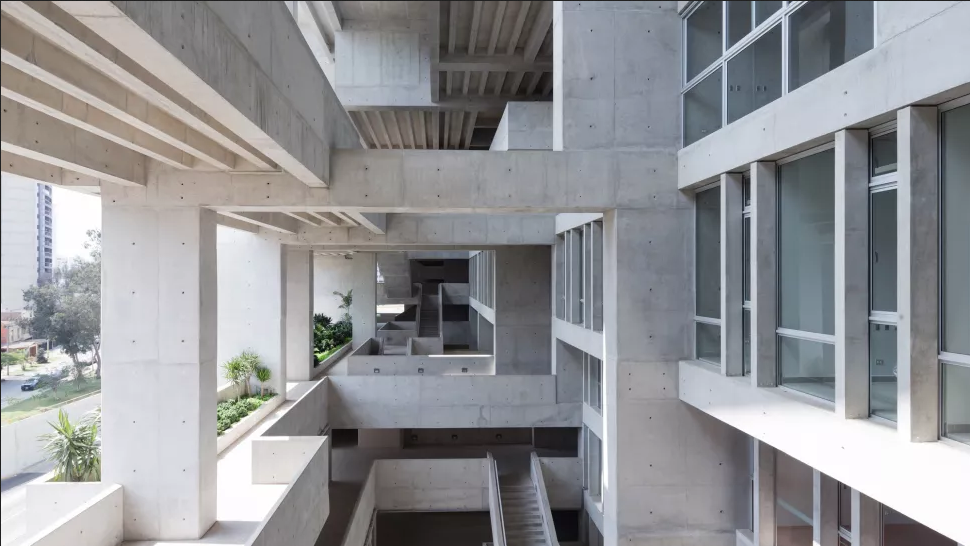Preference-based Engineering Design in Architecture and Urban Planning

The process of engineering design is complex, with many factors contributing to its successes or failures. When facing a simple design problem, a single individual in the field of design is often tasked with reconciling conflicting goals. Conversely, large urban planning projects involve multiple players with conflicting goals, making the process even more challenging. Until recently, the scientific discipline of decision theory had little to offer in terms of dealing with these complex issues, as it is based on the theory of measurement, which has been largely misunderstood, particularly when it comes to group decision making.
In the case of a single decision maker with multiple criteria to consider, there are numerous methodologies available in the literature. However, these methodologies often produce contradictory results, making it difficult to determine which approach is best. Furthermore, even in instances where there is only one decision maker and one measurement attribute or evaluation criterion, classical models of measurement fail to produce scales that allow for the mathematical operations of addition and multiplication.
Rather than relying on traditional decision-making theories, a sophisticated optimization model has been developed to capture the various elements of group decision making. This preference-based design methodology is continually evolving and improving, and this ebook provides insight into its current state and potential for future development.